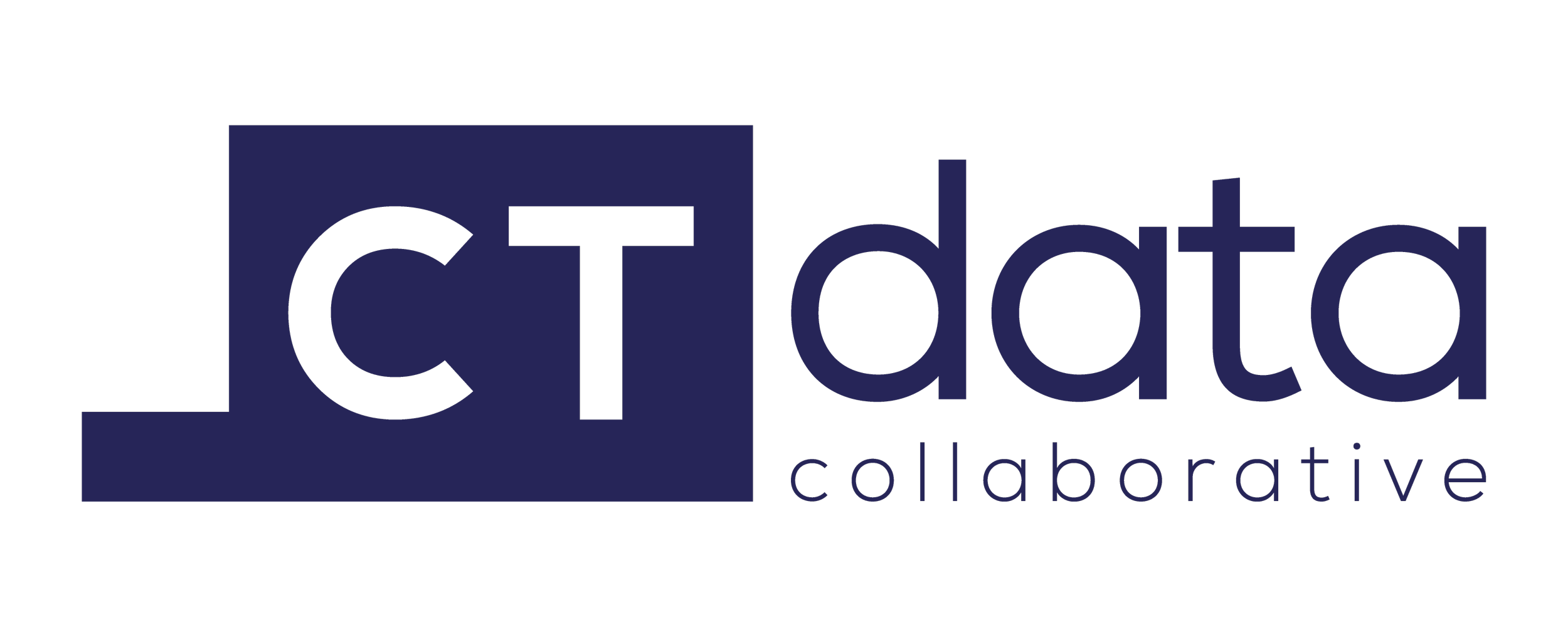If you're a Connecticut resident, you have likely heard of Willimantic. But did you know that Willimantic isn't officially a "Town" but is part of the "Town" of Windham? This and other idiosyncrasies may make finding data about a place you're interested tricky. In this webinar you’ll learn how the Census Bureau categorizes different kinds of places in Connecticut, and shows you how to access these places through data.census.gov, the Census Bureau's data portal.
Read MoreWhen we work with data, we are always working with a place – a state, the nation, a town, etc. In data-speak, these are called “geographies.” It simply means a physical place to where the data are connected. Explore this blog post to understand the census geographies that are most commonly used in Connecticut.
Read MoreThis week, the Census Bureau is releasing 2022 American Community Survey (ACS) 1-year estimates data for Connecticut’s new county-equivalent planning region geographies for the first time. Earlier this year, population estimates for planning regions were released – you can read more about those estimates and about planning regions in our blog post. This blog post provides a guide to resources for the new planning region geographies.
Read MoreAt CTData, we are continuing to update our geographic resources following the changes to census tracts and census blocks for the 2020 Census. We’ve released three new crosswalks: one for census tracts, one for census blocks, and an updated 5 Connecticuts crosswalk.
Read MoreIn February 2021, the U.S. Census Bureau updated census geographic boundaries for many states across the country, including Connecticut. Since data from both the American Community Survey and decennial census is often consumed at the census-tract level (areas of up to 4,000 people), it is important for data users to understand the differences between 2010 and 2020 boundaries, as new data will be disseminated using updated boundaries going forward.
Read More